Can Solar Wall Lights Truly Outshine Traditional Outdoor Lamps?
These days, more folks are eyeing solar wall lights as a way to ditch their old-school outdoor wall lamps. It’s not hard to see why—with energy costs climbing and everyone talking about going green, solar tech seems like a no-brainer. I’ve noticed in my neighborhood how these lights are popping up on fences and porches, promising hassle-free illumination without the monthly bill. But the big question lingers: can they really take over completely from the wired versions we’ve relied on for years? Let’s break it down step by step, looking at the pros, cons, and real-world scenarios.
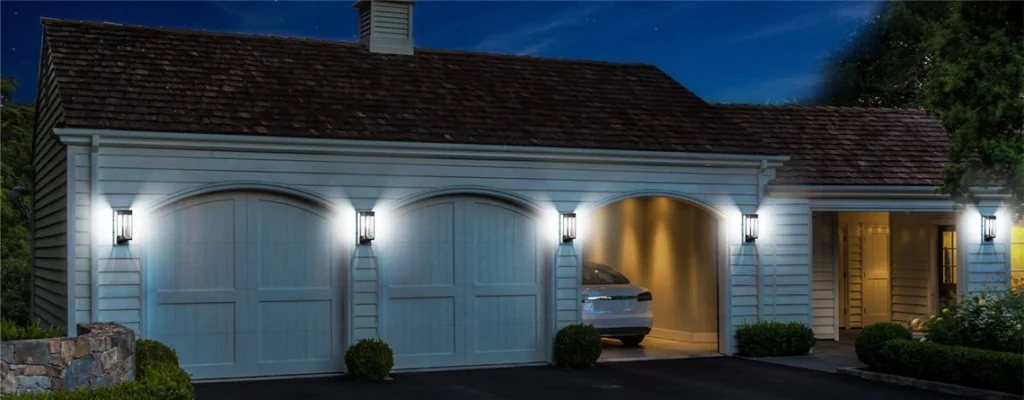
How Brightness Stacks Up
When it comes to lighting up your backyard or driveway, brightness is key. Solar wall lights have come a long way in recent years, with LED bulbs that pack a punch similar to many traditional outdoor wall lamps. Early models were dim and unreliable, but now you can find options pushing 1000 lumens or more, enough to light up a decent area after dark.
That said, traditional setups often edge out in consistency. They plug straight into your home’s power, so you get steady output no matter what. Solar versions rely on stored energy from the day, which can vary. Here’s a quick comparison in list form for easier scanning:
- Entry-level solar wall lights: Typically 200-500 lumens, great for accents but not for security.
- High-end solar models: Up to 2000 lumens with motion sensors, rivaling mid-range traditional lamps.
- Traditional outdoor wall lamps: From 500 lumens in basic fixtures to over 3000 in floodlights, always on-demand.
- Factors affecting solar brightness: Panel efficiency and battery quality—cheaper ones fade faster.
In my experience, for everyday paths or patios, solar does the job fine. But if you’re in a spot needing constant, bright light—like a commercial entrance—traditional might still win for that rock-solid performance.
Breaking Down the Costs
One of the biggest draws for solar wall lights is the zero electricity bill. Once installed, they run on sunlight, cutting out ongoing expenses that traditional outdoor wall lamps rack up. Think about it: a standard wired lamp might use 10-20 watts per hour, adding up over months, especially if left on timers.
Let’s crunch some numbers in a simple list to see the savings:
- Initial purchase: Solar options range from $20-100 per unit; traditional ones are similar, $15-150, but add wiring costs.
- Energy fees: Solar = $0 forever; traditional could cost $5-20 yearly per lamp, depending on usage and rates.
- Maintenance: Solar batteries last 2-5 years ($10-30 to replace); traditional bulbs need swapping every 1-2 years ($5-15).
- Long-term ROI: Solar pays for itself in 1-3 years for heavy users, faster in sunny areas.
I’ve switched a couple of my own lights to solar and haven’t looked back on the bills. But if you’re in a low-sun region, the upfront cost might not offset as quickly, making traditional lamps feel more economical short-term.
Ease of Setting Them Up
Installation is where solar wall lights really shine—no pun intended. You don’t need to mess with electrical wiring or hire a pro, which is a game-changer for DIY folks. Just mount it where the sun hits, and you’re good. Traditional outdoor wall lamps, on the other hand, often require running cables, drilling into walls, and sometimes even permits if you’re tying into your home’s grid.
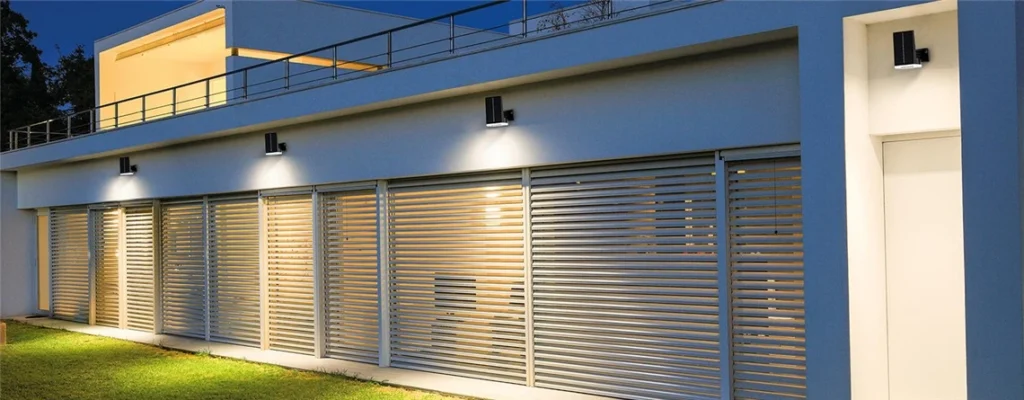
To make this clearer, here’s a step-by-step on what each involves:
- Solar installation:
- Choose a sunny spot.
- Screw or clip the fixture in place.
- Let it charge—done in under an hour.
- Traditional setup:
- Locate power source and shut off breaker.
- Run wires through walls or conduits.
- Connect and seal against weather—might take a day with an electrician ($100-300 fee).
For renters or quick projects, solar is a breeze. I’ve helped friends install them in minutes, while wired ones always turn into a weekend ordeal. That said, if your home already has outdoor outlets, traditional might not be as tough.
Dealing with Battery Life and Weather
Here’s where things get tricky for solar wall lights: they depend on the sun for power, which means cloudy days or short winters can leave them undercharged. A full day’s sun might give 8-12 hours of light, but in rainy spells, that drops to 4-6 hours or less. Traditional outdoor wall lamps don’t care about the forecast—they’re always ready as long as the power’s on.
Consider these weather-related points in a bulleted rundown:
- Sunny climates: Solar excels, with batteries holding charge for multiple nights.
- Overcast areas: Performance dips; you might need backups or hybrid models.
- Extreme cold: Solar batteries drain faster below freezing; traditional ones handle it better.
- Motion-activated perks: Many solar lights save energy by only lighting up when needed, extending runtime.
From what I’ve seen in forums and reviews, people in places like California swear by solar for year-round use. But up north or in stormy zones, traditional lamps provide that peace of mind. Mixing both—solar as primary, wired as fallback—often works best.
Wrapping It Up: When to Make the Switch
So, can solar wall lights fully replace traditional outdoor wall lamps? For most everyday needs, absolutely—they’re cost-effective, easy to install, and eco-friendly. In bright, consistent weather, they’re a solid standalone choice, handling paths, gardens, and basic security without a hitch.
But it’s not a total takeover. In spots with harsh winters, frequent clouds, or where you need ultra-reliable brightness, traditional setups still have the upper hand for stability. My advice? Start with solar for low-stakes areas and keep a wired option handy for backups. That way, you get the best of both worlds without regrets.
If you’re pondering the switch, check your local sun hours and test a couple of units. Over time, as solar tech improves, we might see even fewer reasons to stick with the old ways. For now, it’s about balancing convenience with reliability in your specific setup.


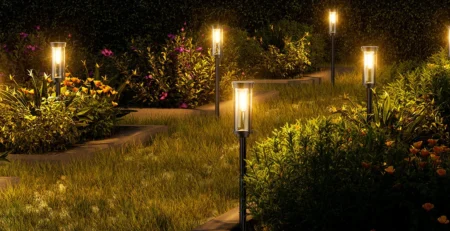
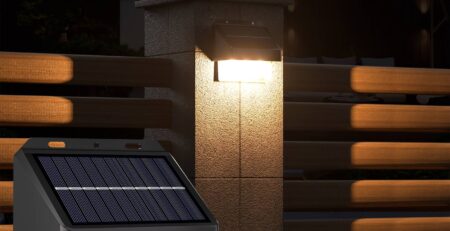
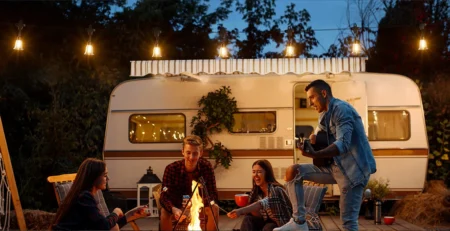
-2-450x231.webp)
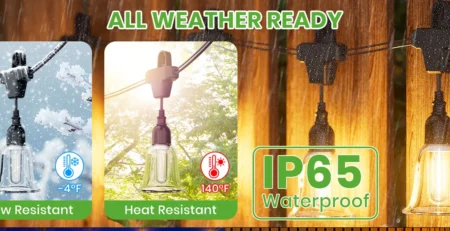
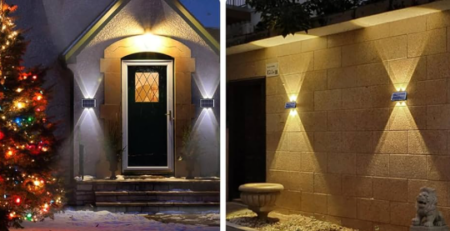
-1-450x231.webp)
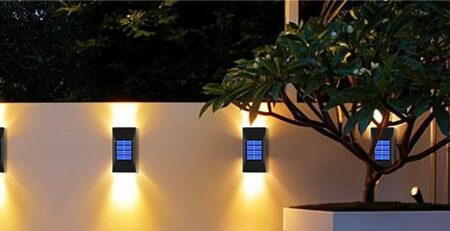
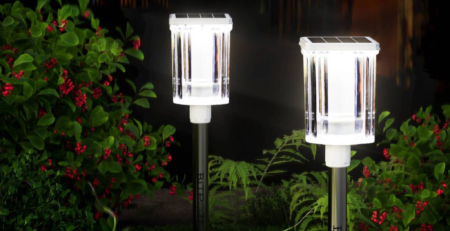
Leave a Reply